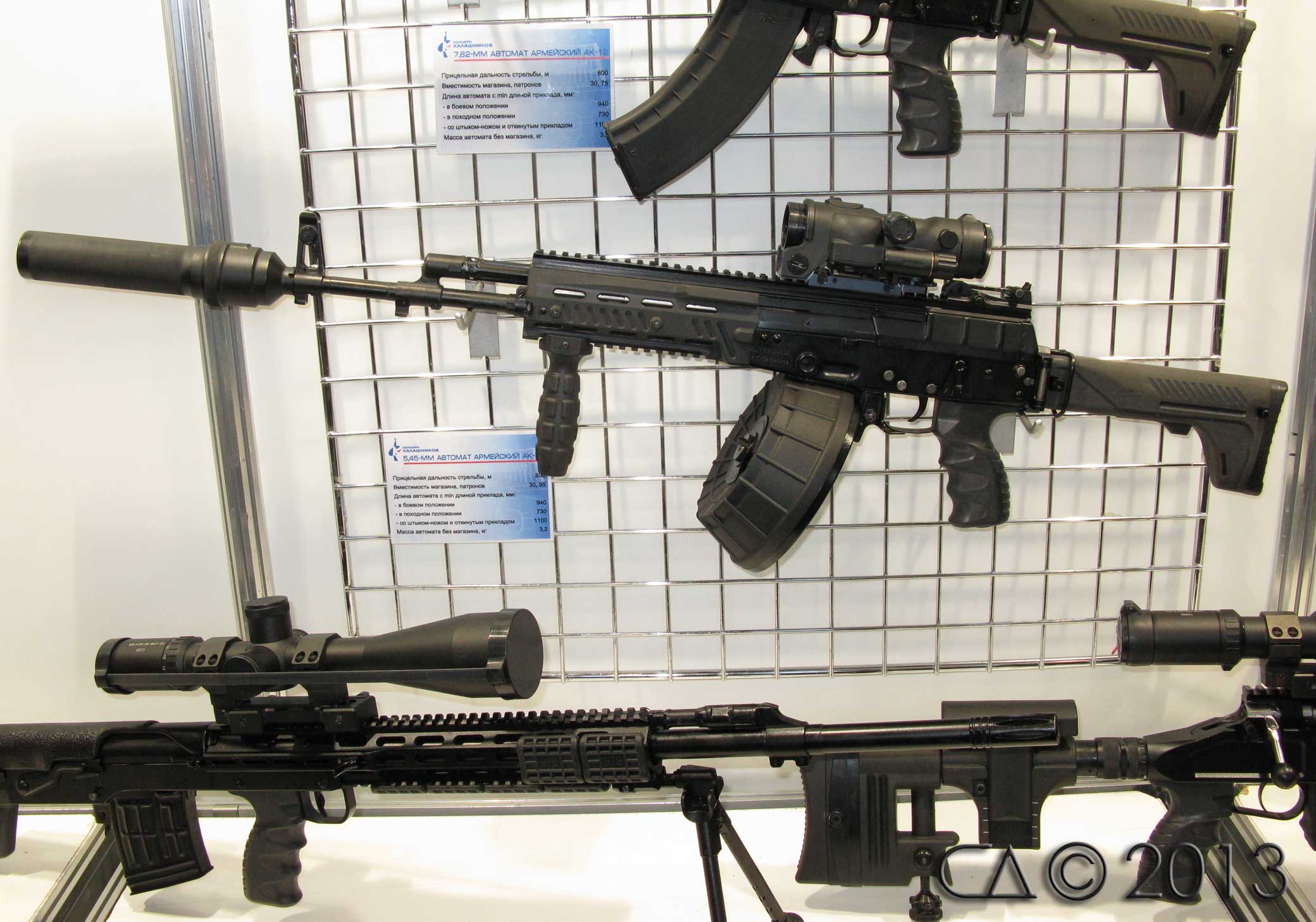 GarryB Tue Sep 11, 2012 4:42 am
GarryB Tue Sep 11, 2012 4:42 am
A very nice Russian optics website here:
http://www.npzoptics.com
This is the Novosibirsk instrument making plant or NZP.
If you look around their site you will see a range of interesting products, including the new Kayma image intensifier tube.
If you go to the website above and choose the "in progress" section of the production menu and scroll down to the bottom of that page you will see a link to the Kayma II tube.
What makes it so special is that it is a 2+ gen II tube that can handle 20000 lux without reduction in resolution.
In other words it is pretty much a day and night II tube that is small enough to install in most existing night vision goggles/sights.
With standard II tubes that can be used in daylight they have a large lens cover to put over the objective lens with a tiny pin hole to let light in. The view is not particularly good, but it means once zeroed the night scope can be safely used during the day too.
With this new II tube you wont need the cover and the image resolution during the day should provide a very good view.
An alternative is digital systems that use something like colour night shot on CCD cameras to allow full day and night use, which also can be found on the above website in the in progress section the PTO under night sights is a digital night vision system which should be rather cheaper than II scopes.
There are also laser pointers that can use both visible red and ir laser beams for use both without and with NVGs. (ie ZLN-2K)
There are also several laser rangefinders, including one that will measure from 100m to 15km. Of more interest to me however is the smaller LDM-2VK which can lase targets to 4km, but also has a bit of electronic wizardry inside that includes Glonass and GPS receivers, temperature and pressure sensors as well as the laser range finder and haptic sensors to measure the angle the equipment is held at.
With all this information it can measure distance and ambient temperature and atmospheric pressure, the elevation of the target and its coordinates. With this information it can calculate the required aiming corrections for a particular weapon to achieve a hit using distance to the target, elevation of the target, temperature and air pressure, direction and speed of the wind, ballistic coefficient of the ammo being used, muzzle velocity of the ammo being used and its weight, calibre and pitch and direction of rifling of the bore of the weapon being used, and sight elevation over the barrel.
Using all this information, some automatically collected and some entered by the user/hunter/sniper this laser rangefinder can determine the coordinates of the target, determine the targets speed, generate an aim point that should ensure a hit.
Takes 4 AA batteries and weighs less than 1.5kgs.
There are also several thermal imagers for hand held use and as weapon scopes.






